Resources
6 min read
Last updated:
System monitoring can be viewed as being closely related to infrastructure monitoring, but there are differences between the two concepts, particularly with their scopes within the realm of IT monitoring. Infrastructure monitoring concentrates on monitoring the physical and virtual components of an IT environment, such as servers, networks, storage systems, and cloud services.
The main objective of the process is to guarantee the availability, performance, and reliability of the underlying hardware and network infrastructure that supports IT services and applications. In contrast, system monitoring involves monitoring the performance, health, and availability of individual servers, operating systems, and software applications. The key objective of the concept is to guarantee the optimal performance and availability of servers and applications running on them.
System monitoring is a vital process and can offer significant benefits to your organization. One of these advantages is that it helps in detecting issues, by monitoring critical metrics in real-time, administrators can highlight abnormalities and take corrective actions promptly. Another benefit of system monitoring is that it assists in the optimization of resource allocation. By identifying underutilized or overutilized resources, adjustments can be made to ensure efficient use of system resources and improve overall performance.
However, attempting to conduct system monitoring without the appropriate services, such as system monitoring tools can be incredibly complex. Therefore, to assist you in comprehending the importance of system monitoring tools, in this article, we will outline what system monitoring is and list the leading system monitoring tools.
Contents
What is System Monitoring?
System monitoring is the continual practice of observing and monitoring numerous components of a computer system, network, or IT infrastructure to guarantee its optimal performance, security, and availability. It entails gathering data on critical metrics including CPU usage, memory utilization, disk I/O, network traffic, system uptime, and application performance. This data is then examined in real-time or over specified intervals to identify issues, enhance performance, ensure availability, optimize security, capacity plan, and diagnose problems when they arise. System monitoring is crucial for maintaining the reliability, performance, and security of IT systems and infrastructure in organizations of all sizes.
System Monitoring Tools
Currently, there are an extensive number of system monitoring tools available, all offering slightly different benefits and capabilities. This can make it challenging to make an informed decision about which of these tools is the most appropriate for your organization. So, to help with this, we have listed the top 10 system monitoring tools.
Metricfire
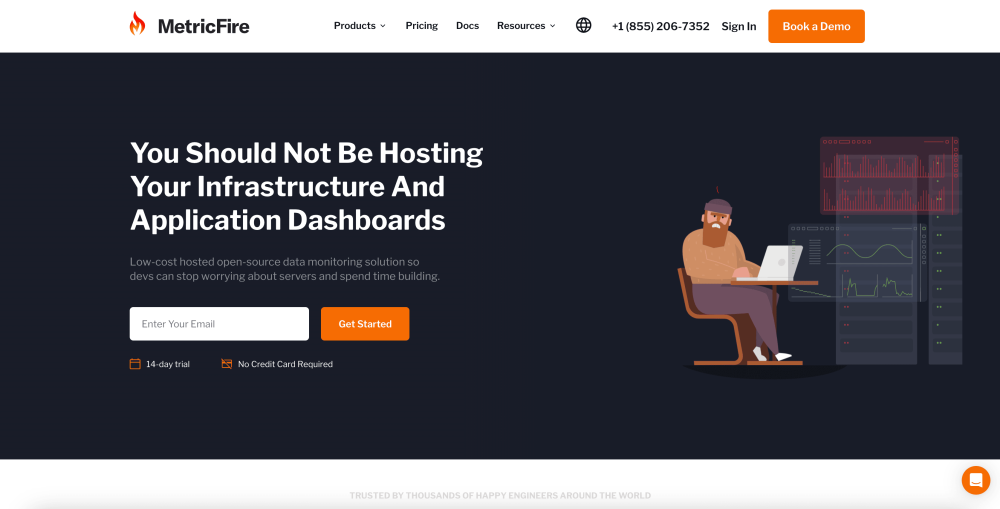
The first system monitoring tool in our list is Metricfire. Metricfire is an open-source application and infrastructure monitoring platform built on hosted versions of Graphite and Grafana. It offers a variety of capabilities and features to monitor multiple aspects of IT systems, ensuring optimal performance, reliability, and security. These capabilities and features include multi-dimensional monitoring, scalability and flexibility, and real-time monitoring and alerting.
Circonus

The next system monitoring tool we’ve included is Circonus. Circonus is a versatile system monitoring tool that provides your organization with the tools and capabilities it needs to monitor and analyze its entire IT systems. With this solution, you can utilize over 300 turnkey integrations including databases and operating systems. As well as this, you can review past performance for more accurate capacity planning and view long-term trends using historical data.
Logit.io
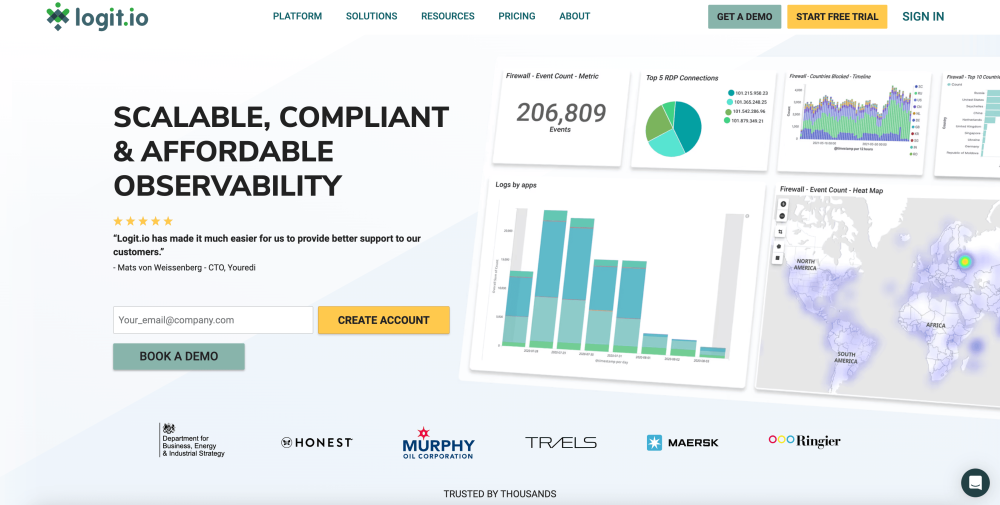
Logit.io is a comprehensive observability platform that offers hosted open-source solutions such as Grafana, Prometheus, and Kibana to enable effective system monitoring. With Logit.io you can monitor your entire IT systems utilizing detailed visualizations to help you enhance the visibility of high-priority events, signs of security breaches and highlight further opportunities for improvement.
To conduct this you will need to ship system metrics to Logit.io. This is simple, all that is required is for you to configure Telegraf or Metricbeat to ship system metrics, system metrics for Windows, or sytem metrics for MacOS to the platform. You can also read this article for a comprehensive guide on shipping system logs to your Logit.io stack using Metricbeat.
Also, with Logit.io you can configure alerts so that if individual servers, operating systems, and software applications aren’t available you can react promptly to quickly address the issues. Lastly, the solution is cost-effective with transparent pricing and is built with security, compliance, and privacy as a fundamental aspect so you can rest assured that your data is truly protected. If you’re interested in finding out more about the platform, you can begin exploring our platform today with a 14-day free trial.
ManageEngine RMM Central
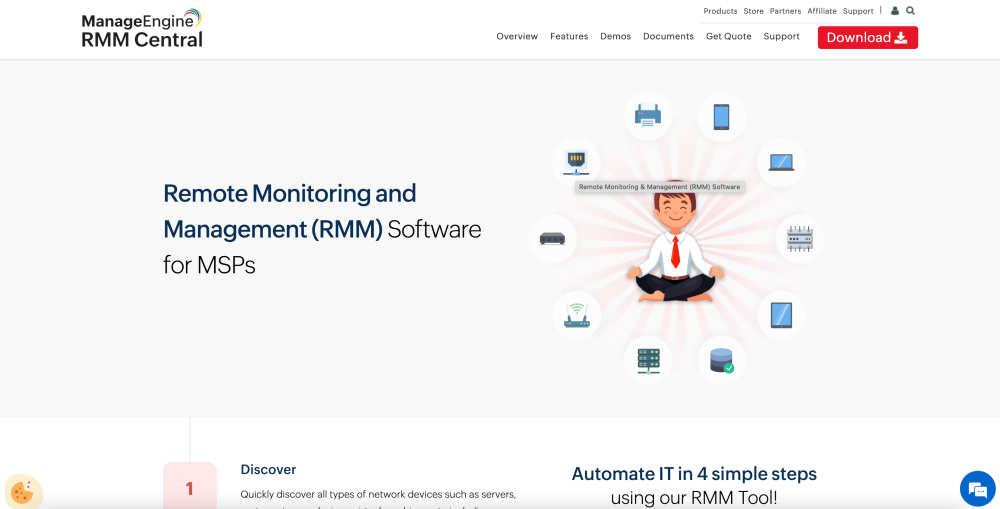
ManageEngine’s RMM Central is a remote monitoring and management solution. The tool’s standout feature is that it utilizes automation to discover, manage, secure, and monitor network devices, making it appropriate as a time-efficient system monitoring tool that can streamline your processes. As well as this the tool offers server management, IT asset management, and real-time alerting.
Paessler PRTG
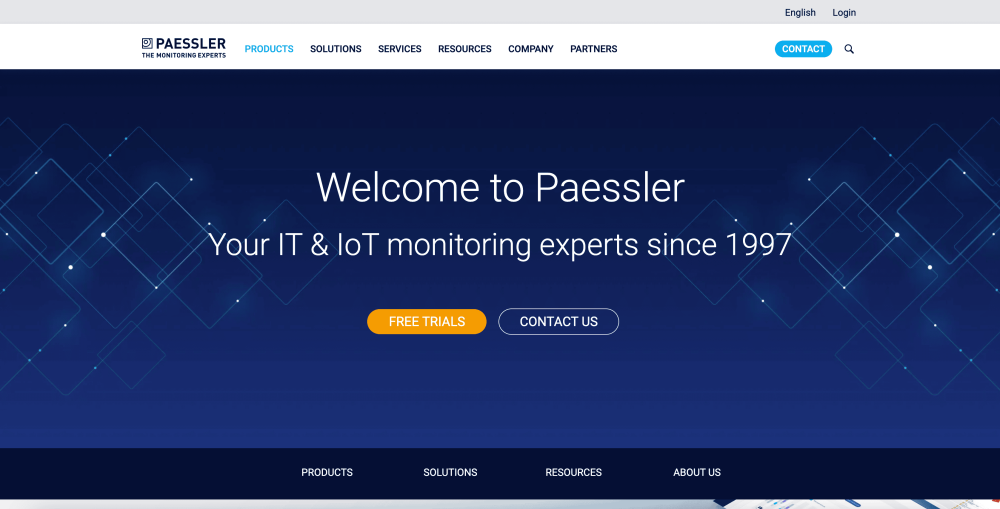
Continuing with our list of the leading system monitoring tools, another tool that’s included is Paessler PRTG. Paessler PRTG states that they’re the monitoring experts and have a monitoring solution for all businesses. Which solution is best for your organization, depends on your organization's size and the type of IT infrastructure it utilizes. Its solutions aim to maintain simplicity whilst delivering tools and features that help to keep your infrastructure and its systems up, running, and optimized.
Zabbix
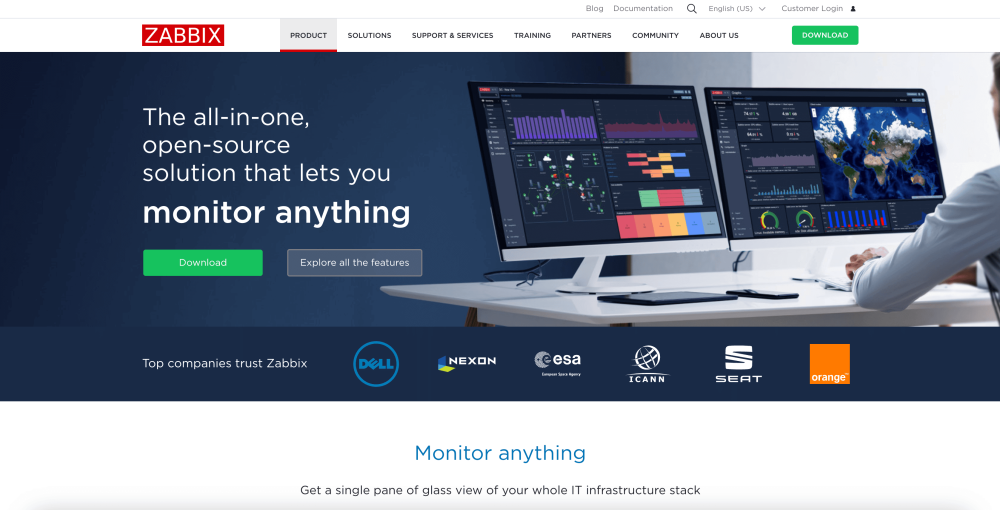
Zabbix is a commonly used open-source software tool to monitor IT infrastructure such as networks, servers, systems, virtual machines, and cloud services. The solution can be effectively utilized as a system monitoring tool due to its numerous features and capabilities. Some of these features and capabilities include flexible monitoring, auto-discovery, alerting, performance monitoring, and visualization and reporting.
Nagios XI
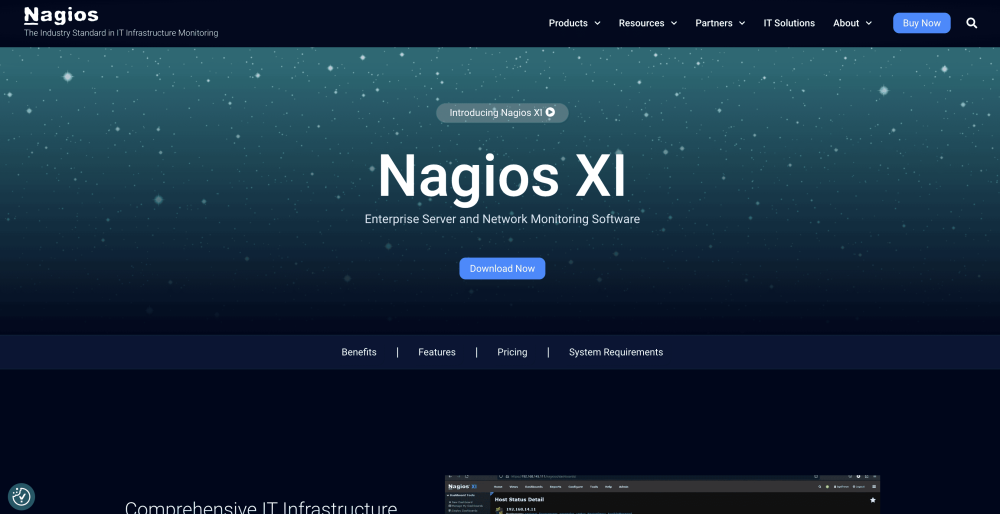
Nagios XI is primarily an infrastructure monitoring tool but can be just as useful as a system monitoring tool. This solution is built on the Nagios Core 4 monitoring engine to provide you with efficient and scalable monitoring. Also, you can conduct capacity planning easily as automated, integrated trending, and capacity planning graphs enable your organization to plan for upgrades. As well as this, you can begin monitoring quickly with Nagios’ fast configuration wizards.
Progress WhatsUp Gold
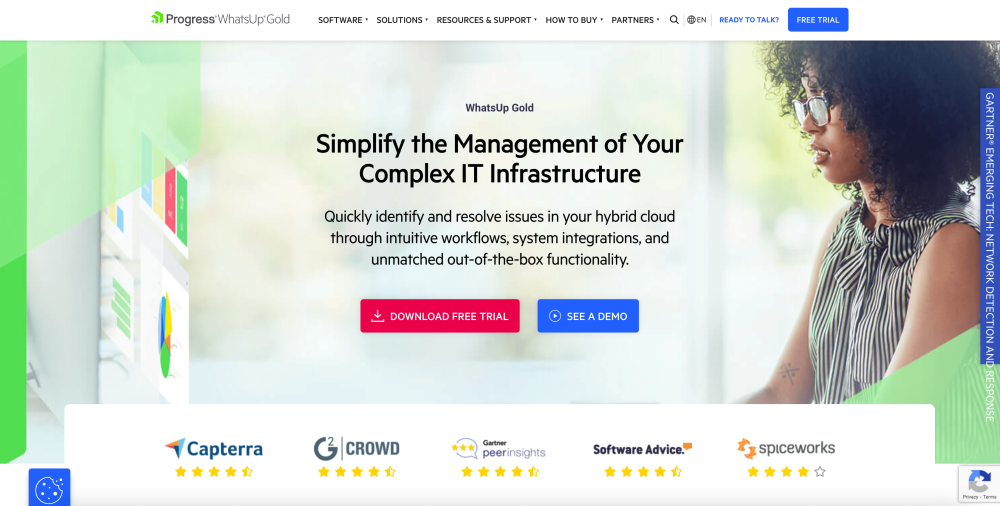
Progress WhatUp Gold is an extensive all-in-one monitoring solution, it combines numerous tools and capabilities to offer you complete visibility and monitoring of your IT infrastructure, including systems. With WhatsUp Gold, it’s simple to get started as the tool offers automated discovery, the feature automatically discovers and maps network devices, servers, and applications in the IT environment. Some of the tools and features that WhatsUp Gold possesses are network monitoring, server monitoring, infrastructure monitoring, application monitoring, and customizable dashboards.
Lakeside Systrack
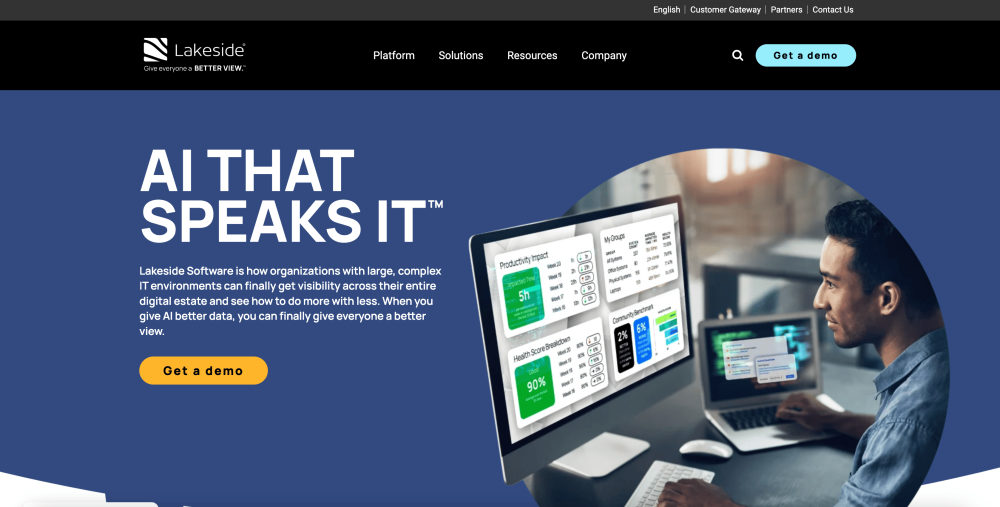
The penultimate tool in our list of the leading system monitoring tools is Lakeside Systrack. The solution aims to collect more data than any other solution on the market and it offers analytics, applications, and dashboards to augment all aspects of your IT organization. SysTrack gathers data on multiple aspects of the end-user experience, such as application performance and system resource utilization. This data can help your IT teams highlight performance bottlenecks, troubleshoot issues, enhance resource allocation, and improve overall workspace efficiency.
eG Innovations
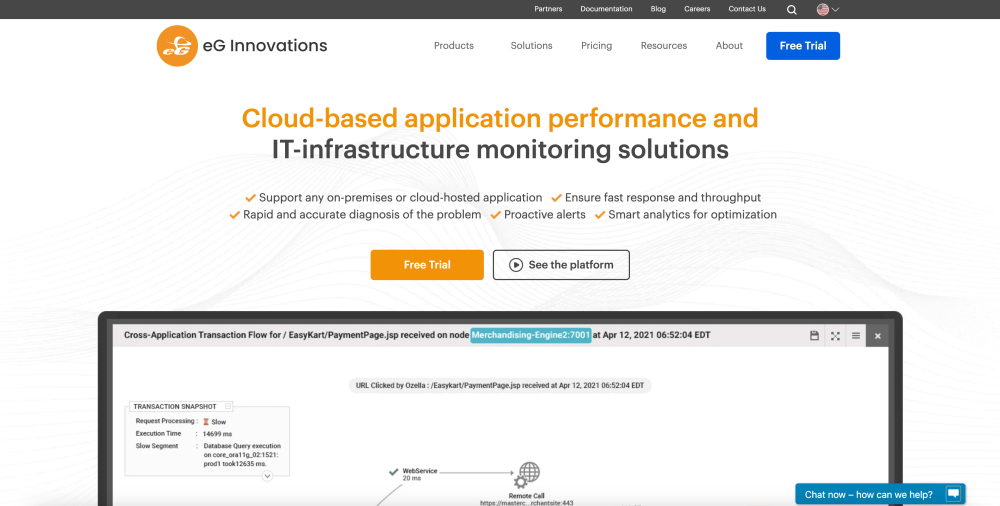
The final system monitoring tool in our list is eG Innovations, this solution offers cloud-based application performance and IT-infrastructure monitoring solutions, making it useful as a system monitoring tool. eG Innovations supplies end-to-end monitoring capabilities, enabling you to track all aspects of your IT infrastructure, including servers, applications, and systems. As well as this, it offers deep-dive diagnostics capabilities that allow you to troubleshoot performance issues quickly and effectively.
If you've enjoyed this article why not read The Best Infrastructure Monitoring Tools for 2024 or The Top 8 Network Monitoring Tools next?
